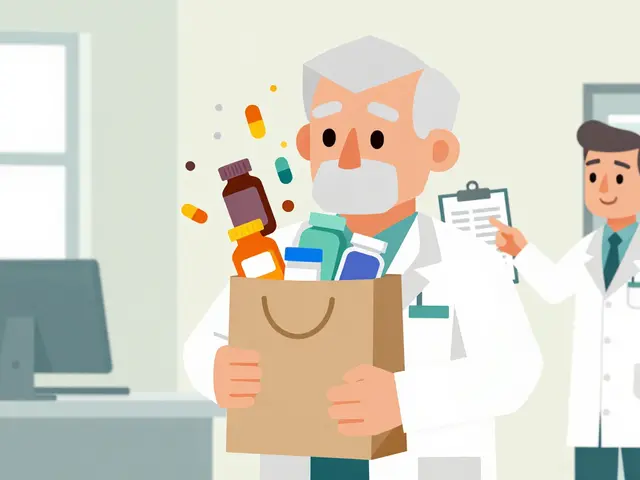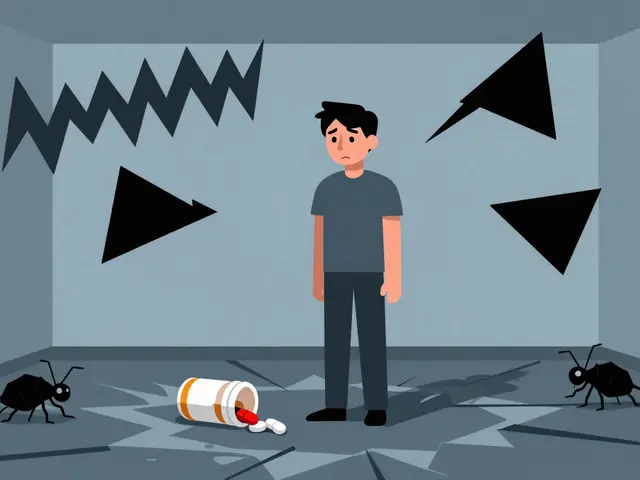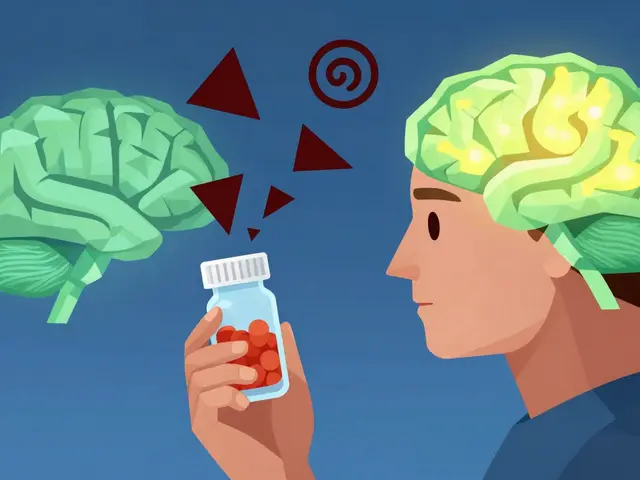Oolong Tea: Brew, Benefits, Caffeine & Safety
Oolong sits between green and black tea — partly oxidized, with flavors that can be floral, fruity, or toasty. If you like variety, oolong is great: different leaves and roast levels give very different cups. This page gives quick, useful tips on brewing, what the tea may do for you, and simple safety points to keep in mind.
How to brew oolong tea
Keep it simple. For a good cup: use about 1 teaspoon (2–3 grams) of loose oolong per 8 oz (240 ml) of water. Heat water to roughly 185–205°F (85–96°C). Steep 2–4 minutes for lighter, floral oolongs and 3–5 minutes for darker, roasted ones. Shorter steeps keep the cup bright; longer steeps bring out body and sweetness but can add bitterness.
Want more than one cup? Oolong handles multiple infusions well. Try 3–5 quick brews: increase steep time by 15–30 seconds each round. For iced oolong, brew double strength, cool to room temperature, then pour over ice — no extra sugar needed if the leaf is naturally sweet.
Benefits and safety notes
People drink oolong for taste and a few practical effects. A typical cup has moderate caffeine — roughly 30–50 mg per serving depending on leaf and steeping. That’s less than most black teas and coffee, but enough to boost alertness. If you’re caffeine sensitive, keep afternoon intake light.
Oolong contains antioxidants called polyphenols. These may help with general cellular protection and support metabolism. Some studies show tea polyphenols can modestly help blood sugar control and fat metabolism, but they’re not a replacement for medication or medical advice. Treat oolong as a healthy habit, not a cure.
Two safety points many people miss: first, tea tannins reduce iron absorption from plant foods. If you’re iron-deficient or rely on vegetarian iron, avoid drinking oolong right with meals — wait an hour or two. Second, caffeine can interact with certain drugs. Medications that affect heart rhythm, stimulant drugs, or drugs that slow caffeine clearance (some antibiotics and antidepressants) can change how caffeine feels. If you take prescription meds, ask your provider about timing.
Also watch added sugar. Flavored oolongs and bottled blends can hide a lot of calories. If you want weight or blood sugar benefits, drink plain or lightly sweetened tea.
Storage tip: keep leaves in an airtight container away from light and moisture. Use within a year for best flavor. If you’re trying a new oolong, buy small amounts and sample different styles — high-mountain oolongs, darker roasted, and milk oolongs all taste different.
Want recommendations? Start with a light, greenish oolong if you prefer floral and fresh notes. Try a darker roasted oolong if you like nutty, toasty flavors. Taste matters most — pick a style that gets you to drink more tea and less sugary stuff.
In my recent exploration, I've uncovered some incredible health and diet benefits of Oolong tea. This unique tea, a cross between black and green tea, is packed with antioxidants and nutrients that can give your health a significant boost. It can help manage weight, improve your heart health, and even aid in digestion. Plus, it's a great addition to your diet because it's low in calories, yet it can help you feel full, curbing those snack cravings. So, if you're searching for a simple way to enhance your health and diet, Oolong tea might be the perfect solution.
Continue reading...





